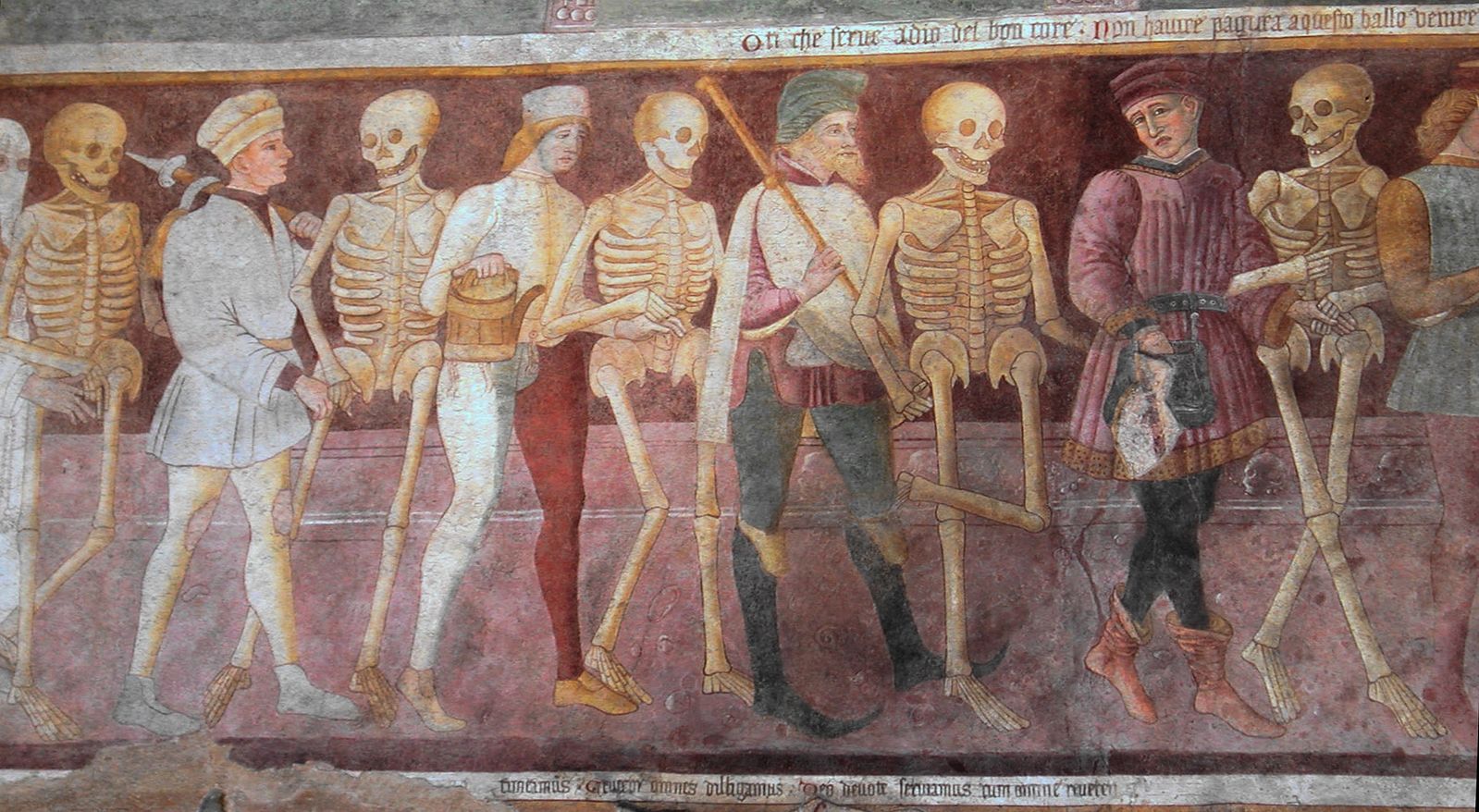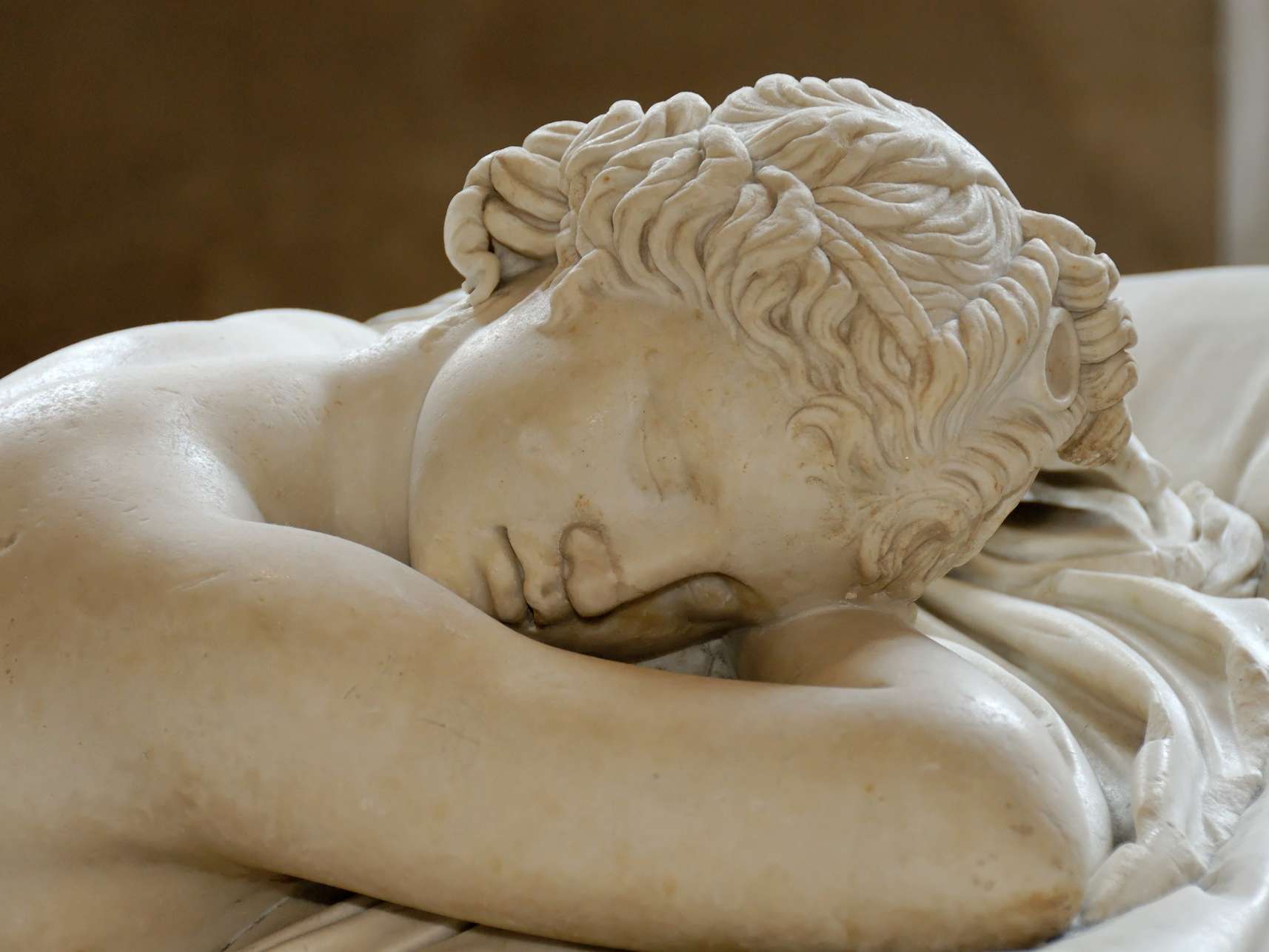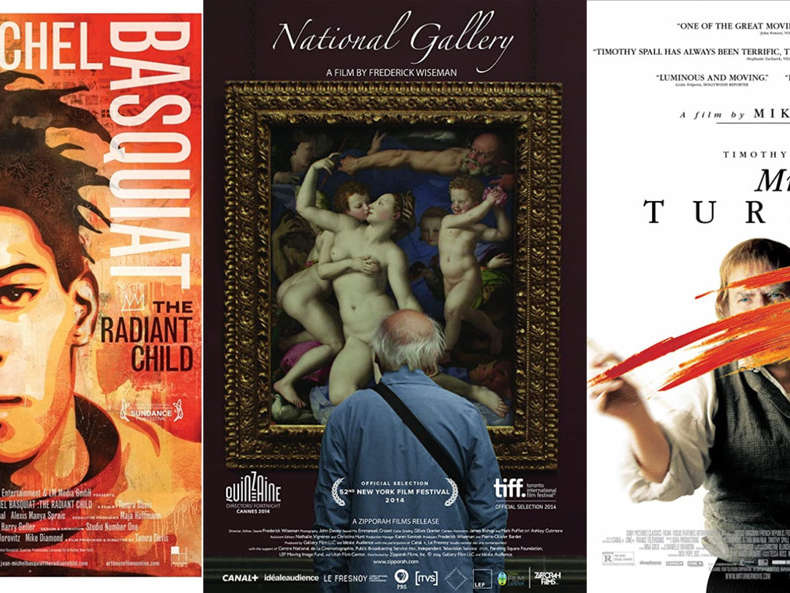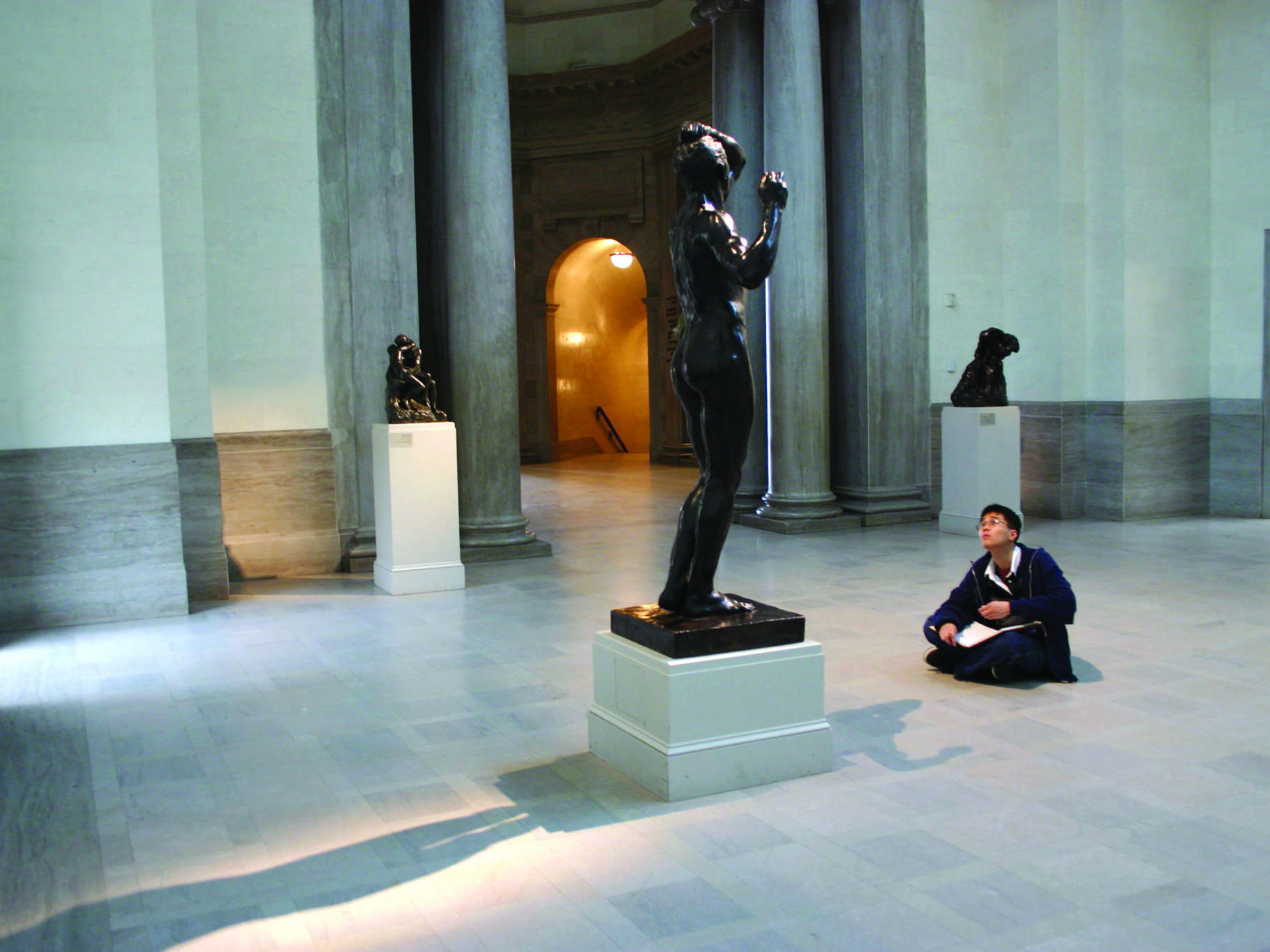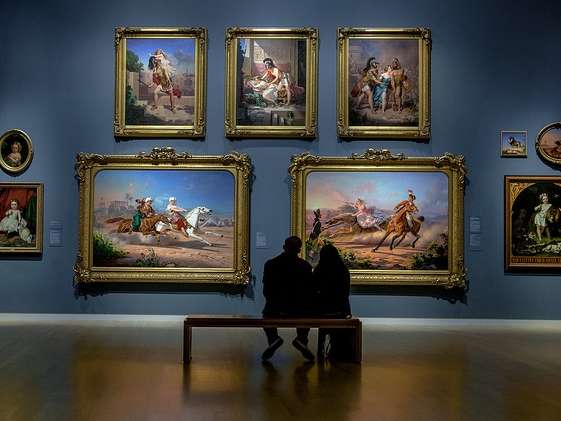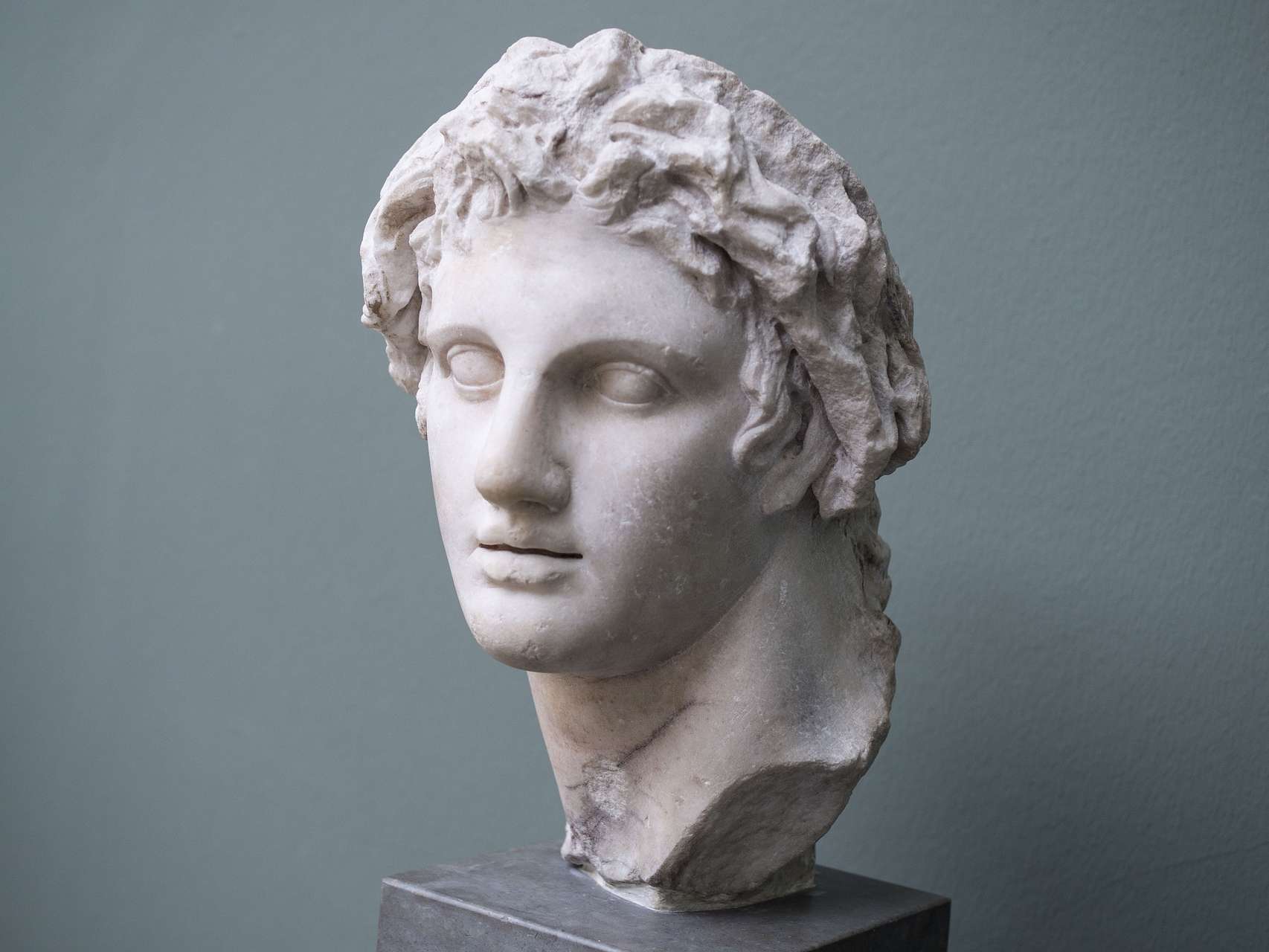Depictions of Global Pandemic Throughout Art History
Art history is full of depictions of pandemics, epidemics, and plagues. We only need to look at some of these samples to be reminded that the one we’re living in today is far from over.
Even in some of humanity’s darkest times, artists find ways to show the human experience as societies navigate public health crises. The way artists choose to depict and document various diseases varies widely.
Studying art from various global pandemics is a retrospective endeavor. We can learn not only about the diseases, but also how societies in the past dealt with them, and how we survived as a species.
Here are some of the historical works that documented the pandemics in human history.
The Triumph of Death
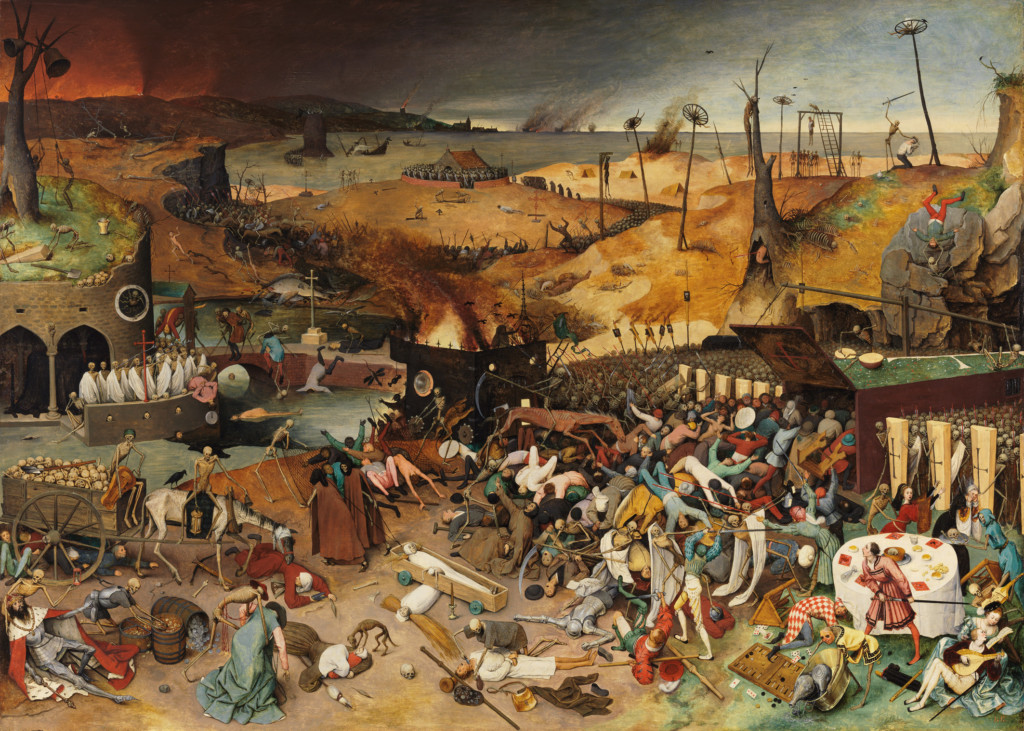
The Triumph of Death is a sixteenth-century painting by Pieter Bruegel the Elder, the preeminent Dutch and Flemish Renaissance painter.
The complex, detailed oil panel painting describes and displays death in numerous ways. Death, represented mostly by a skeleton army, affects people from every stratum of society in a surprising number of detailed methods. Fire and desolation are also represented prominently.
One particular thing to notice in this massive painting is the only ones who have smiles on their faces are the young couple in the right bottom corner. Love is truly blind, even when death and suffering were only a few inches away from them.
The Morbetto, or The Plague of Phrygia
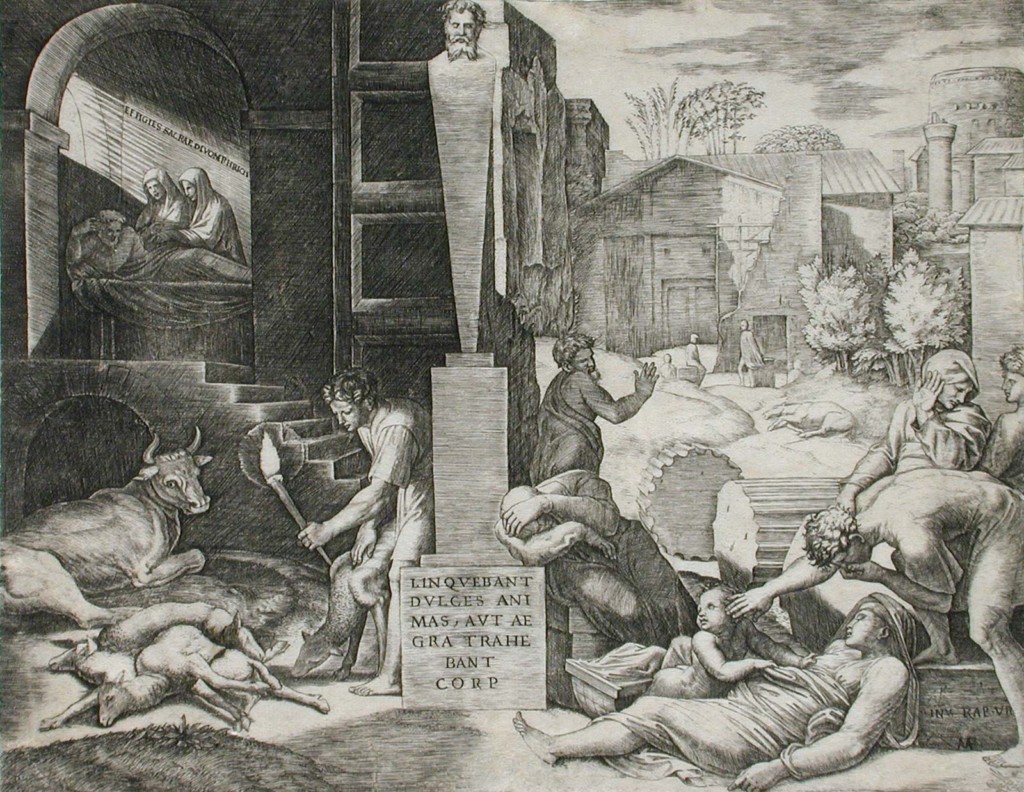
Created in 1515 or 1516 by Marcantonio Raimondi, The Morbetto, or The Plague of Phrygia depicts a fictional plague from Virgil’s Aeneid.
In that epic work, the Trojans colonize Crete and build a city there named Pergamum, which is struck by a plague. Raimondi captures the event in this work, reflecting a plague that afflicts both humans and animals.
Notice the apparent grief shown in the faces and bodies of the living, reflecting the grief that death brings.
The upper left corner of this print reflects another point in the story: Aeneas’s dream indicating the Trojan’s true destination should have been Italy.
Smallpox Demon
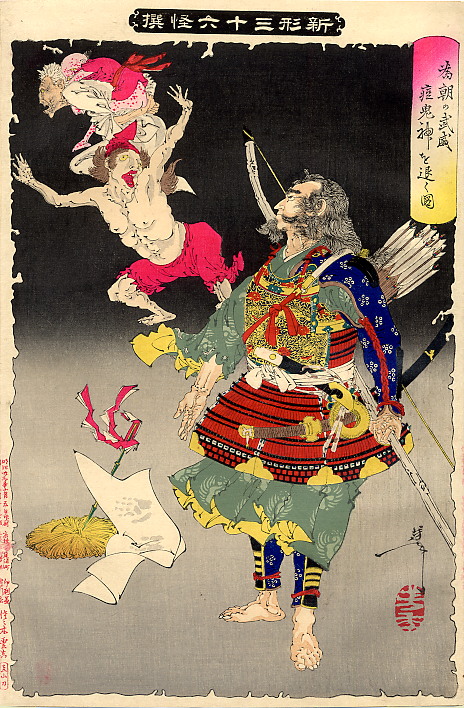
Japanese artist Yoshitoshi Tsukioka produced many series of woodblocks.
His final series, “New Forms of Thirty-Six Ghosts,” featured ghosts from Chinese and Japanese folklore.
This entry focuses as much or more on Minamoto no Tametomo as it does on the Smallpox Demon. Novelist Bakin, working in the late-Edo period, penned a tale involving Tametomo.
In it, the exiled hero defeats the demons responsible for smallpox and thus rules the island.
Inputting the focus on a human hero rather than the demon, Yoshitoshi may have been giving the nod to the rationality encouraged by the government of his time.
Fully understanding works of art like these requires a deeper understanding of art history than we can cover in this article, therefore, requires thorough education and training in art history.
Citizens of Tournai Bury Their Dead
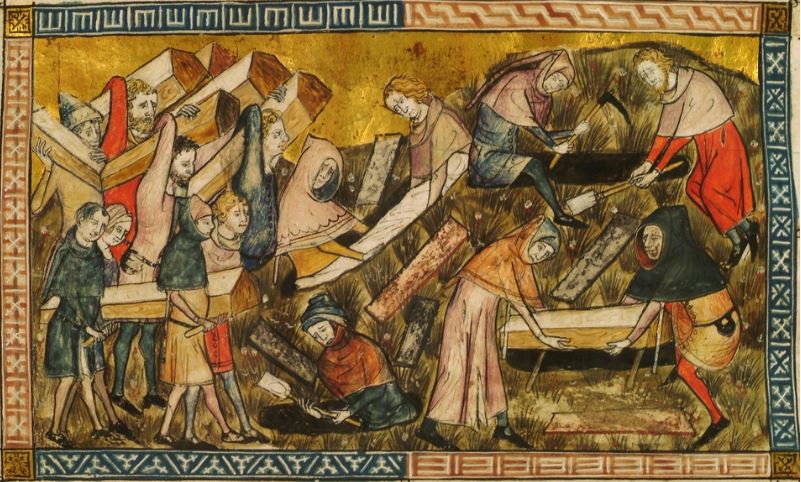
This Medieval painting dates to 1353 and is a somber look at the period surrounding the Black Death or Bubonic Plague. The Black Death is the worst pandemic recorded in history, with as many as 125 million dead by some estimates.
Artist Pierart dou Tielt produced the work, which depicts residents of the city of Tournai (in what is today Belgium) preparing, carrying, and burying their dead. It’s an early study in visible emotions and facial expressions. Interestingly, the painting reflects the crowded conditions of many European cities that contributed to the pandemic’s severity.
The Triumph of Death Series
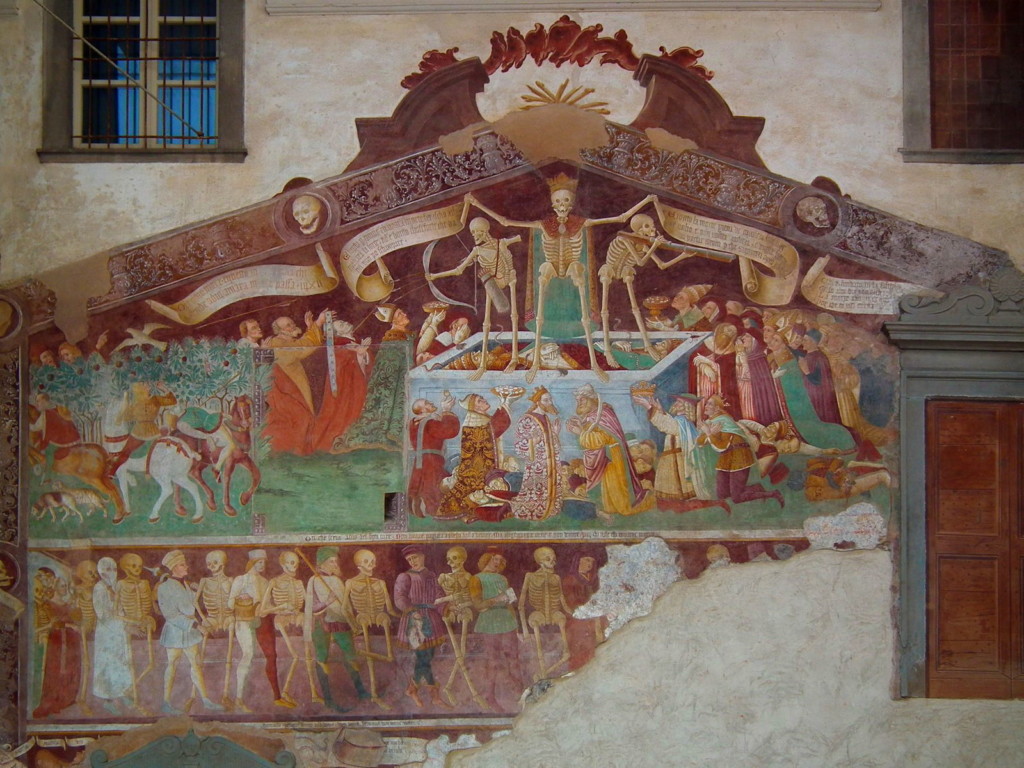
Fifteenth-century Italian painter Giacomo Borlone de Burchis created a series of paintings on the side of the Oratorio dei Disciplini, located in Clusone, Italy.
The fresco displays several distinct scenes, each of which shows aspects of the customs of a particular relatively obscure Christian sect. For this group, death and burial carried a special, holy significance.
The work depicts death as a skeleton queen uninterested in the pleas of her victims, all of whom are perishing. The message of death coming for all is unmistakable.
If you’re interested in studying art history, request information to learn more about how you can get started with Academy of Art University’s School of Art History, which is ranked as one of the Best Online Masters in Art History in the United States. Online and onsite options are both available. Once you’ve evaluated your options and decided to join, apply now to join Academy of Art University.
Hero image from The Triumph of Death Series, courtesy of Wikipedia


